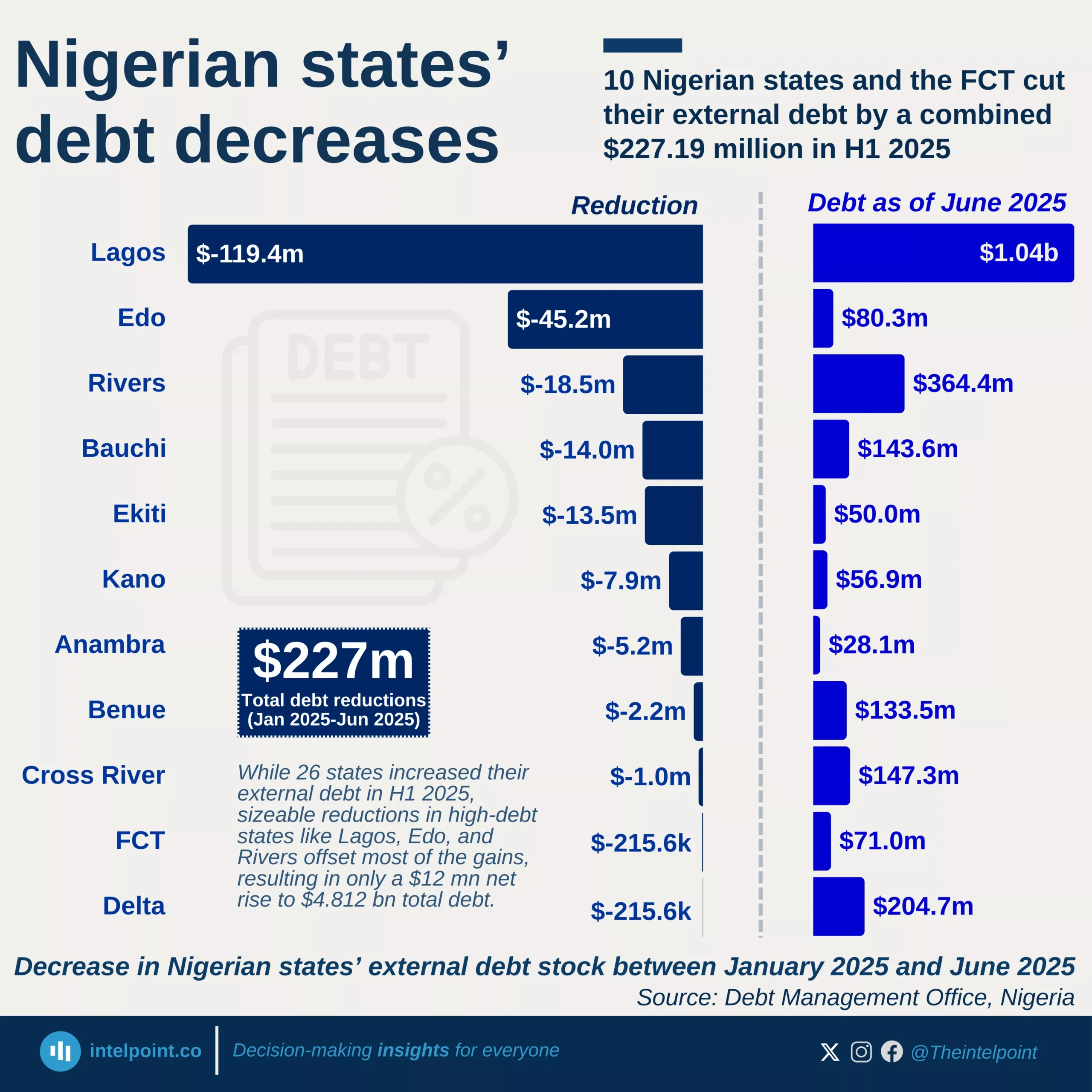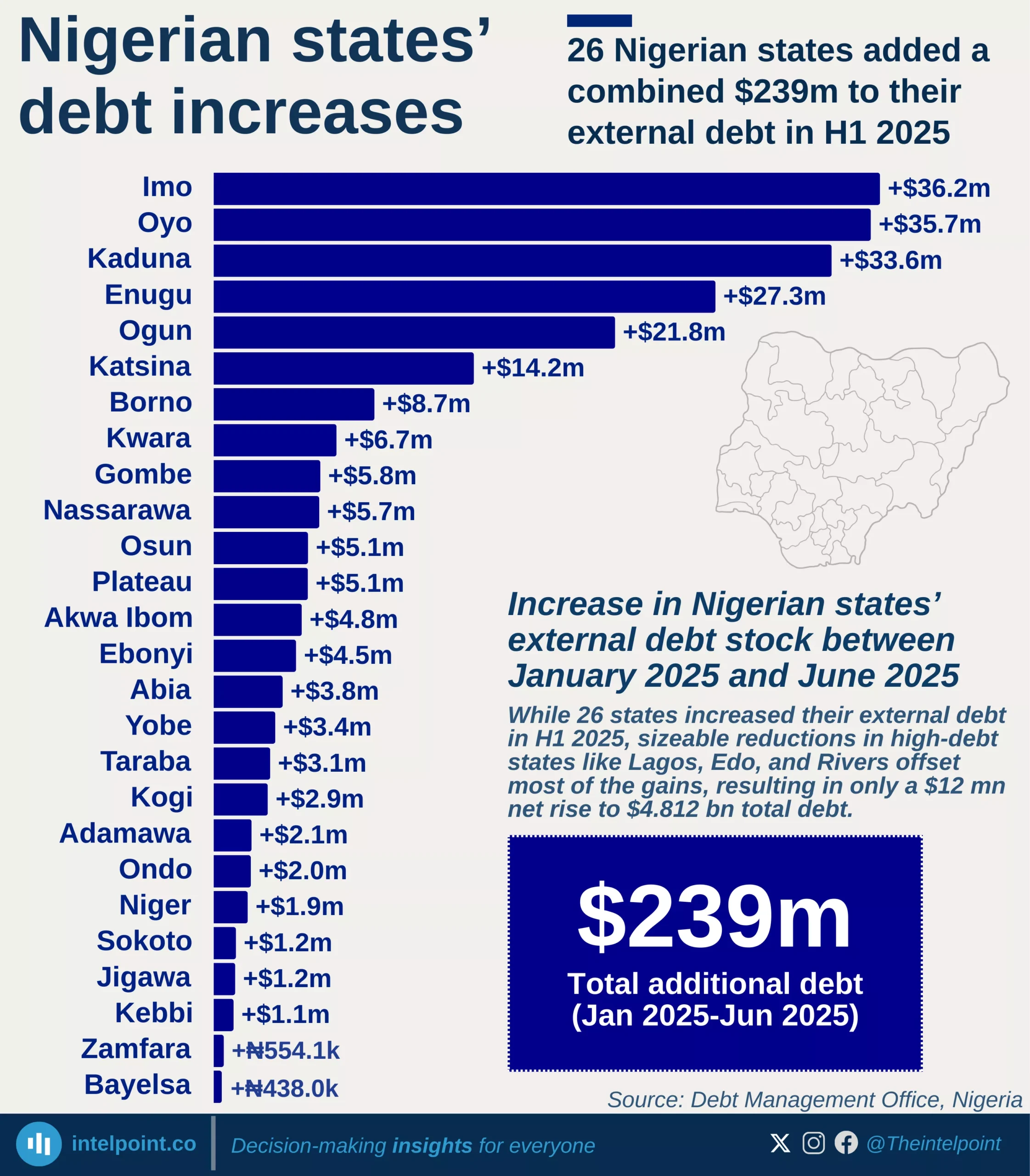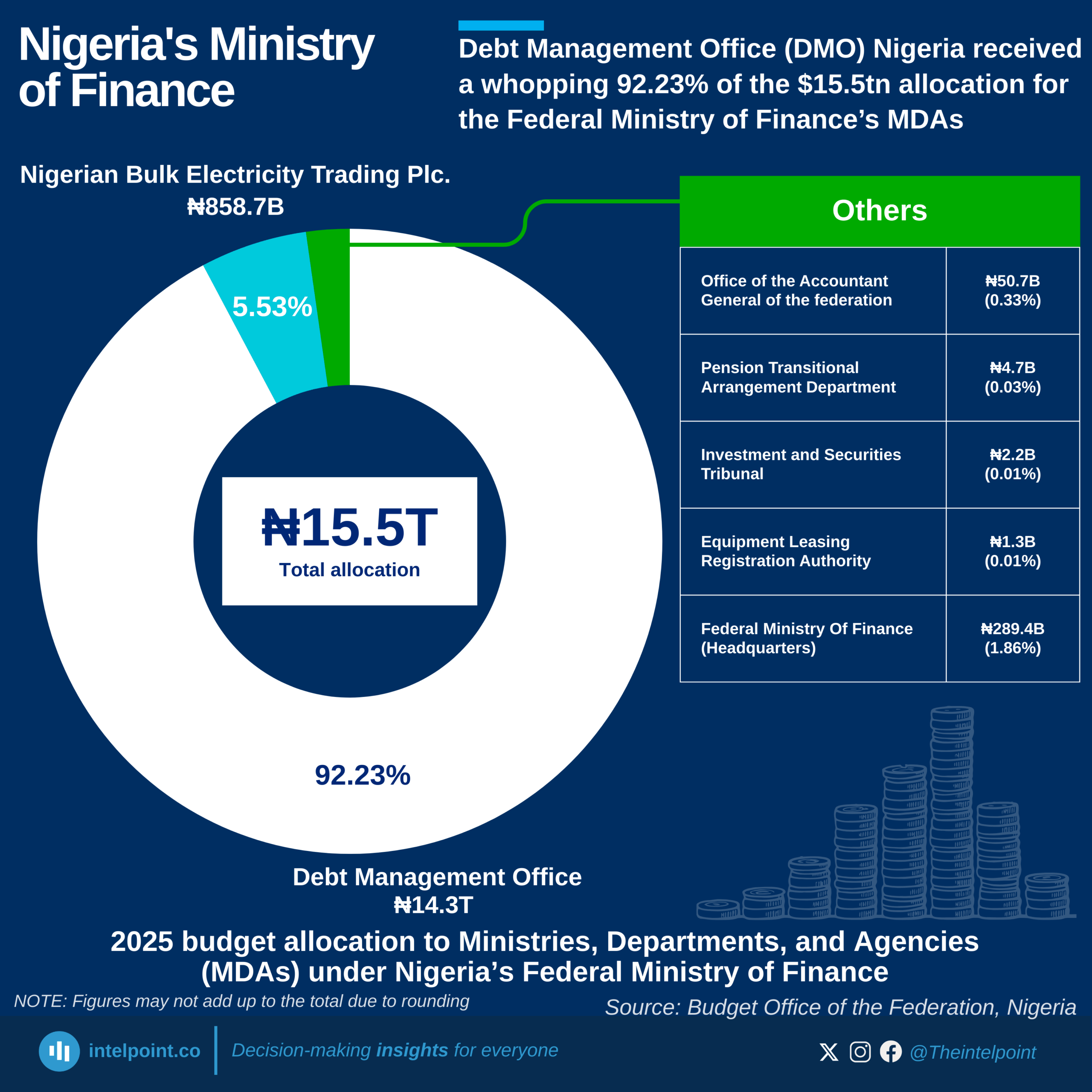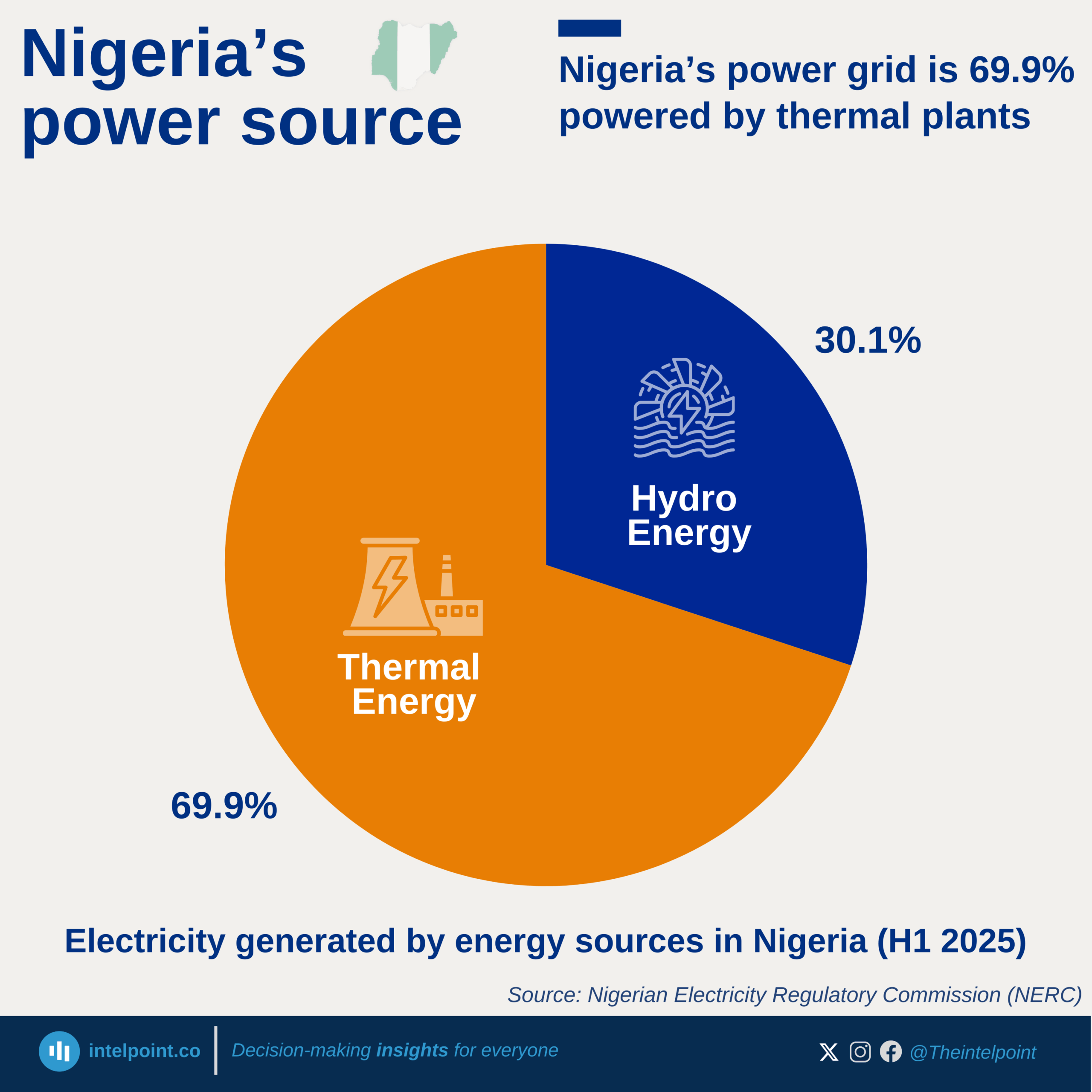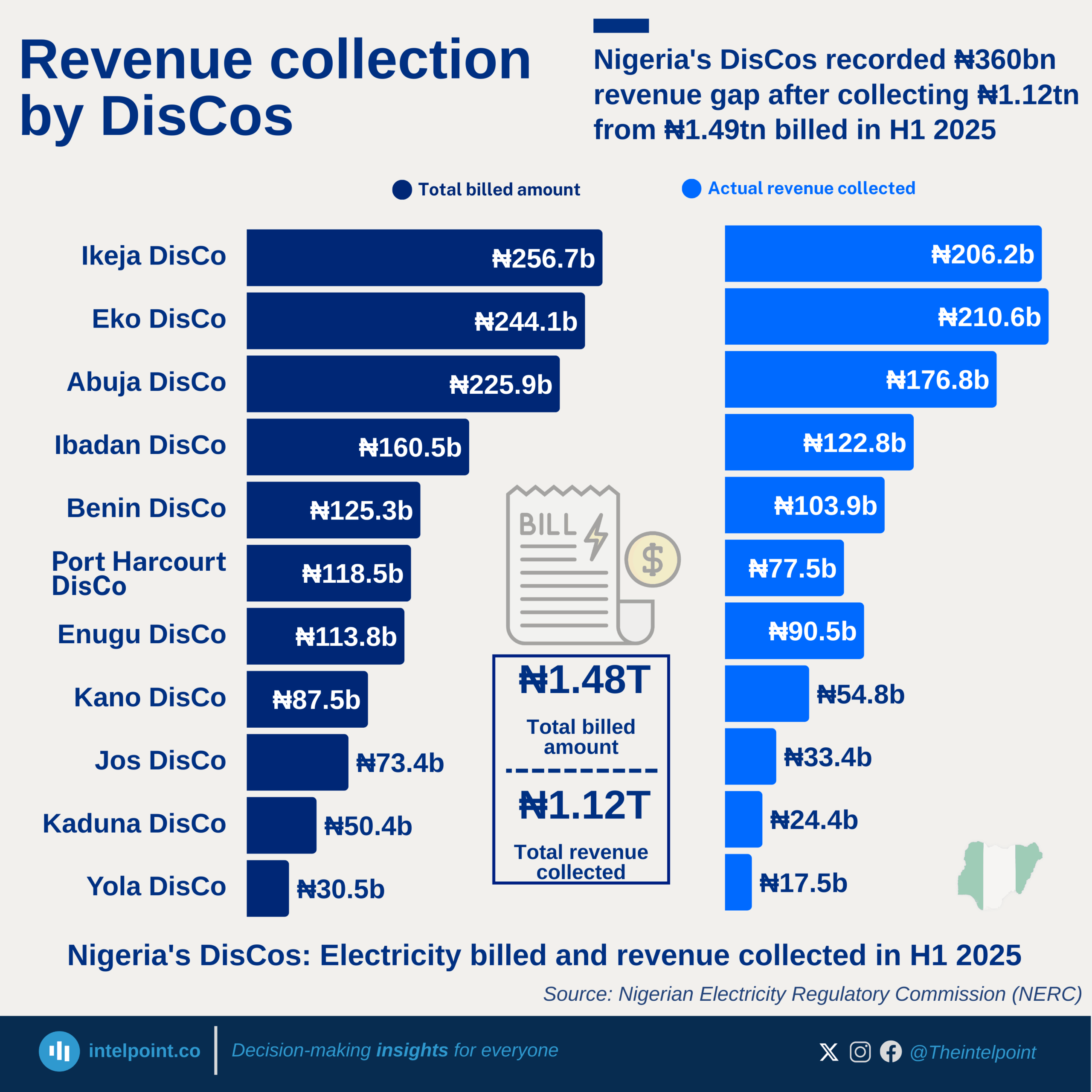This chart tracks Lagos State’s external debt from 2006 to 2024, showing the outstanding balances as of December 31 each year.
This approach reveals what Lagos State still owed to external creditors (such as World Bank, China Exim Bank, or foreign bondholders) at the end of every year.
Over the 19 years, Lagos’ foreign debt grew over fivefold, rising from $190 million in 2006 to $1.17 billion in 2024. The peak came in 2017 with $1.47 billion in outstanding obligations, likely reflecting aggressive borrowing under ambitious capital development drives.
While some years show slight reductions (2018–2024), the general trend confirms Lagos State's deepening reliance on external financing to support infrastructure and service delivery in the face of population growth and urban pressure.
Understanding that these figures are point-in-time balances and not cumulative totals is crucial. They reflect the net amount still owed after all new loans and repayments throughout the year.
The 2024 figure ($1.17B) indicates some fiscal restraint or debt repayment efforts, but the state still remains heavily exposed to external liabilities and vulnerable to currency depreciation since external debts are dollar-denominated.
